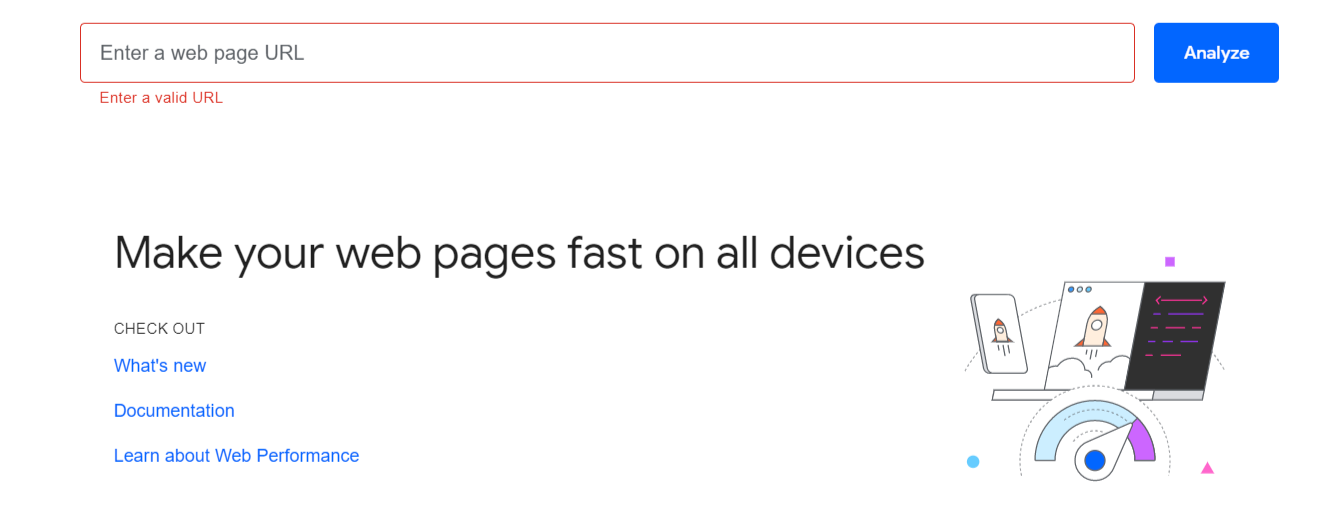What is the target loading time for a website on mobile or desktops?
There is no one answer to this question, as the loading time for a website can vary depending on the device being used and the web browser being used. However, generally speaking, a target load time for a website should be as fast as possible without causing any adverse effects. Factors that can affect loading time include the size of the page, the number and type of files involved, and the speed of the connection to the server.
Google are using page speed as a barometer for the quality of a website alongside its content. This is an important change to understand, Google want to provide their customers the best possible user experience, their customers ask questions, your website can either pay or rank naturally to provide those answers. Google have set target load times for websites on desktops of sub 1.5 seconds and under 4 seconds for mobile devices.
If you want to get a better understanding of your websites load times and how google rate your site then simply input your URL on https://pagespeed.web.dev/

How can I make my website load faster on mobile devices?
There is no one-size-fits-all answer to this question, as the loading time for a website on mobile devices will vary depending on the device being used, the web browser being used and the connectivity available. With low quality 4g being the ranking factor for google pagespeed insights.
However, some tips that may help speed up a website on a mobile device include optimizing images for small file sizes, using compression techniques such as gzip or deflate, ensuring that web pages are cached on the server and are not on poor quality cheap shared hosting which is regularly advertised on TV at 99p per month.
Can compression techniques such as gzip or deflate improve the loading time of a website?
Yes, compression techniques such as gzip or deflate can help speed up the loading time of a website. Gzip is a compression technique that uses a combination of algorithms to reduce the size of files. Deflate is a similar technique that uses algorithms to reduce the size of data in compressed files. Both of these technologies can be easily enabled in web browsers by visiting the browser settings menu and selecting either “Compress Text Files” or “Deflate Text Files”.

What tools can be used to make image file sizes smaller?
There are a number of tools that can be used to make image file sizes smaller. Some of the most popular tools include
GIMP (a free software program available for both Windows and Mac platforms), Photoshop, and Lightroom. It is important to note that not all of these programs are suitable for making images smaller, so it is important to trial a few different ones before settling on one.
One of the key factors you need to decide is both file format with not all file formats supported by all browsers and the quality level as one mobile devices the human eye cannot tell the difference even if you reduce quality levels by as much as 50%.
If you are still struggling to improve the speed of your website even after following the advice above, then the specialists at stick em up design studio can help on an adhoc basis or design a bespoke website from scratch based on your design concept from only £25 a month including hosting, design and uk support

Recent Comments